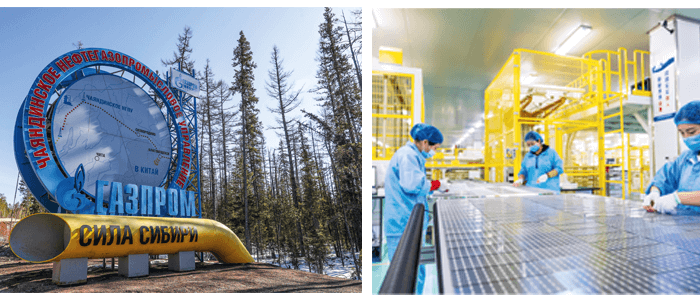
Recycling
Lithium in figures
Whether for batteries or ceramics, the global economy requires lithium for its production processes. However, the demand is high—as is the price.

Blue Lithium
A new direction for lithium recycling
Lithium is necessary for the energy transition: Evonik is researching an efficient way of recovering this "white gold" from old batteries.

The energy transition
Renewable energies: figures and trends
How the potential of water, solar, and wind power is fundamentally changing the ways electricity can be generated worldwide.

Wind power
The offshore era
Bigger and better: What will tomorrow’s wind turbines look like? How can wind be efficiently exploited in coastal regions? And who are the global pioneers?
ELEMENTS Newsletter
Get fascinating insights into the research Evonik is conducting, and its social relevance, by subscribing to our free newsletter.


